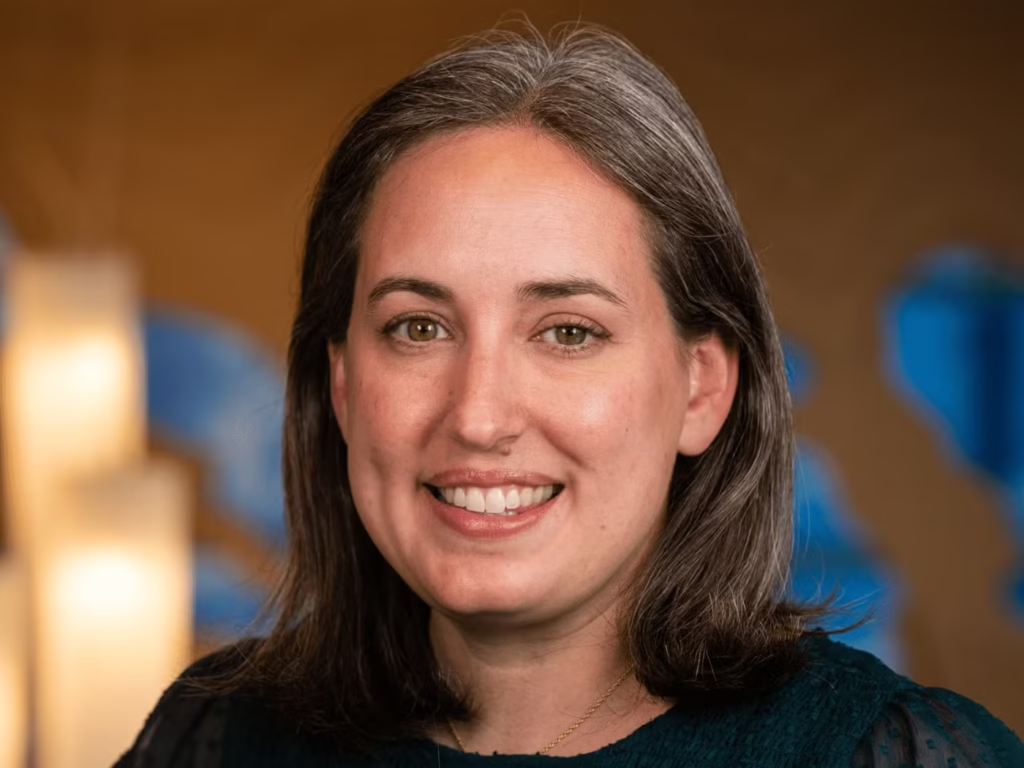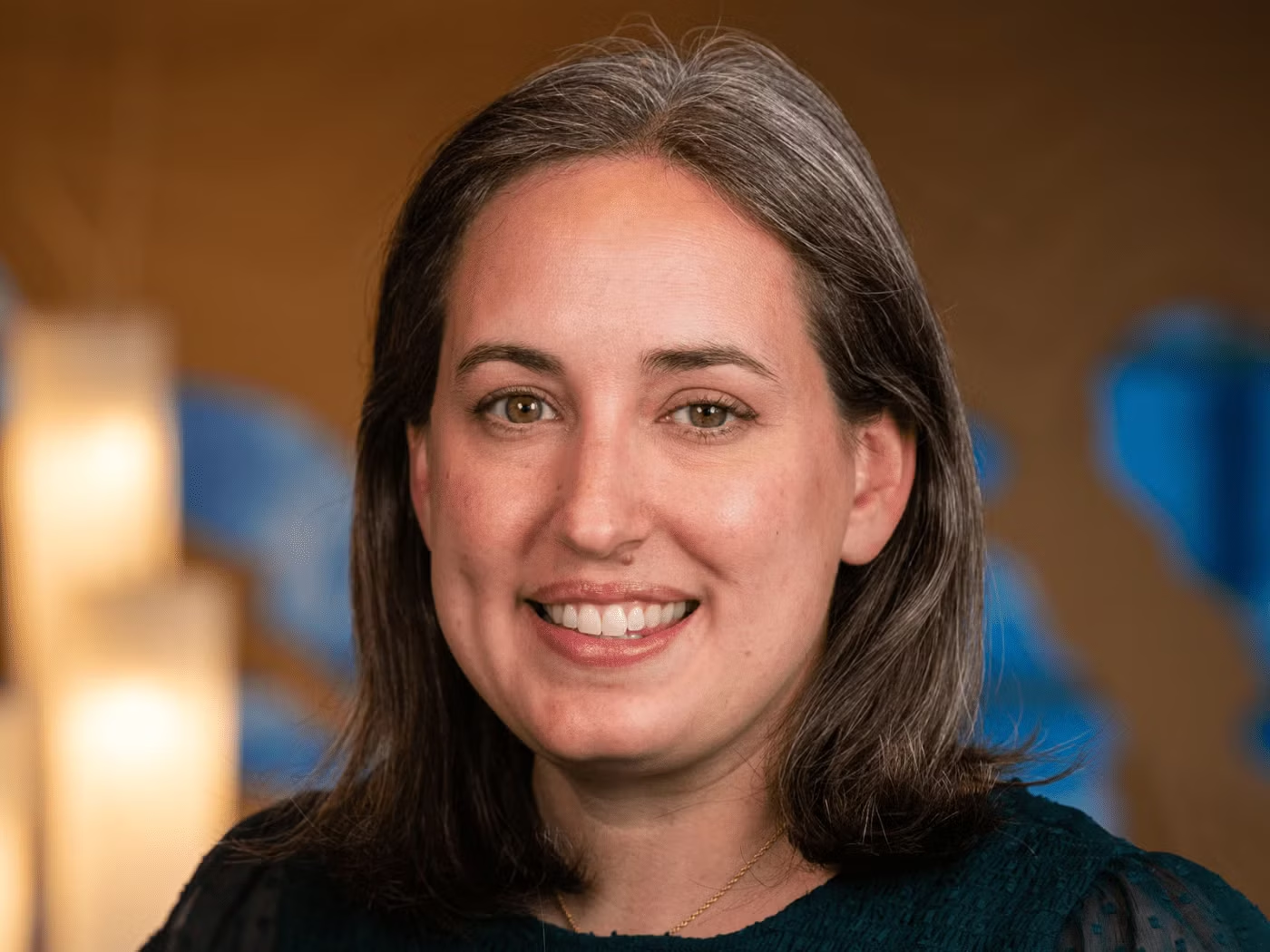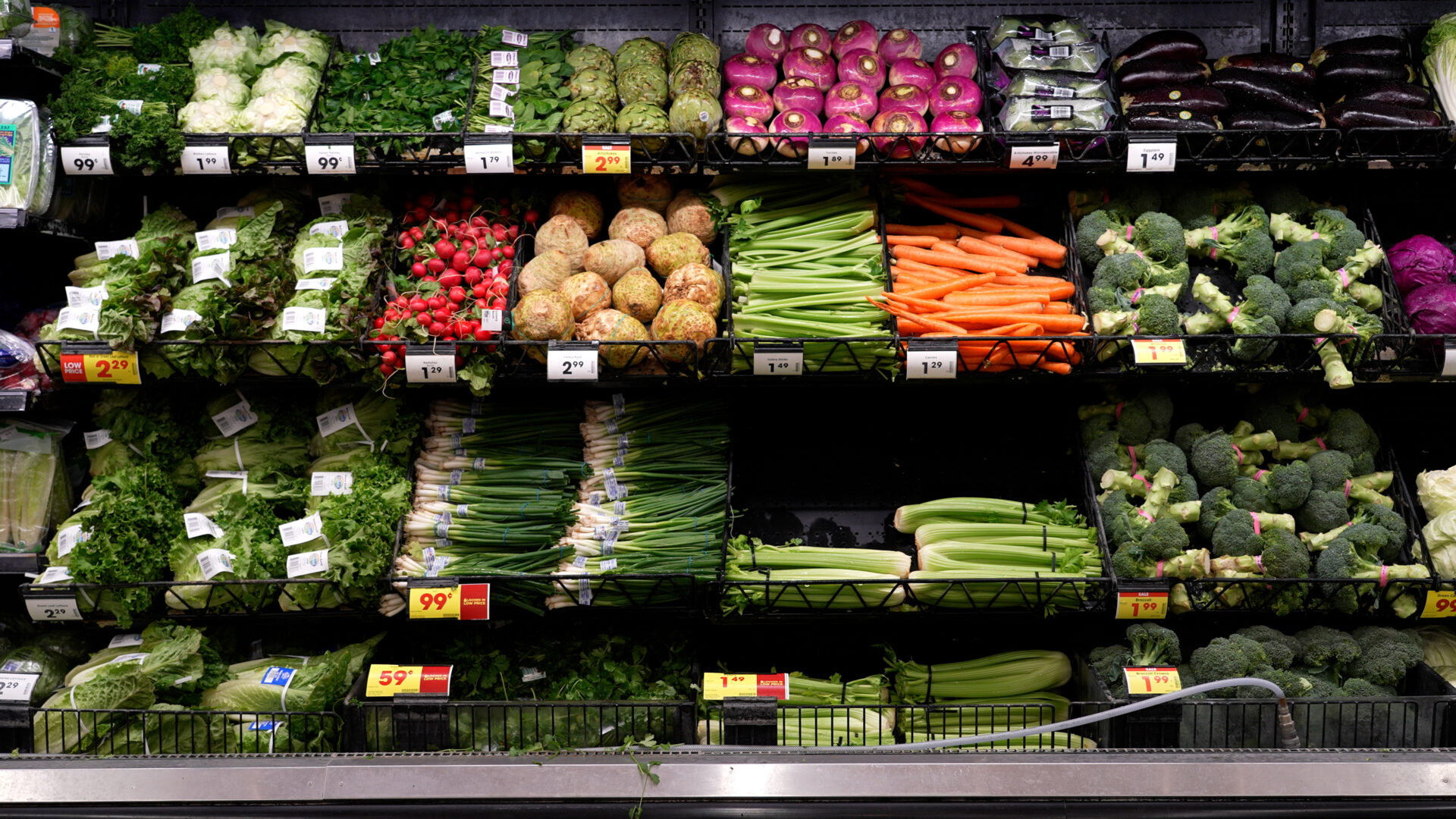
Many Americans would welcome the chance to address chronic illness with food is medicine programs, but the availability of such initiatives remains a challenge.
“It’s fragmented right now,” says Devon Klatell, VP of food at Rockefeller Foundation.
Food is medicine programs have grown rapidly over the last five years, she tells AgFunderNews, but they aren’t consistent from state to state in terms of availability.
“That’s part of why we’re doing all the investment [in the space],” she adds. “We’re trying to build a research and evidence base, and advocacy and education push, to show that these programs work really well for some patients, and that all those patients across the country should have equal access to them.”
Rockefeller Foundation (RF) has been investing in research and supporting food is medicine programs since 2019.
It estimates that the US spends $1.1 trillion per year on healthcare costs related to what Americans eat. Food is medicine programs are meant to address this and the fact that much of chronic disease is diet related.
Consumers seem to agree: Recent survey data from RF found that 84% of Americans believe food is medicine programs can help improve quality of health in the US.

Defining ‘food is medicine’
Food as medicine (FIM) goes beyond just eating healthier to feel better or lose weight. RF defines it in the survey as “a way to treat and prevent diet-related medical conditions by providing patients with access to healthy foods, education around cooking and nutrition, and support for adopting healthy eating habits into their everyday lives.”
“We think of it as a medical treatment,” says Klatell. “You have to be eligible for [a program], and it has to come through the healthcare system.”
By RF’s definition, FIM programs all contain three key components:
They provide or subsidize access to actual food. They’re not just education programs, says Klatell (although that often is a component). FIM programs provide actual access to whole foods, whether through a food prescription, medically tailored meal delivery programs, or grocery programs.
They are intended to improve health in patients. While general health improvement programs do exist, RF focuses on patients with a diet-related condition, specifically.
They’re delivered in partnership with a healthcare system. “That usually means a consumer or patient gets referred into the program by some kind of clinician,” explains Klatell.
‘People got it immediately’
In the US, awareness of such programs is low. Just 13% of the public and 32% of healthcare workers had heard of FIM programs before taking the RF survey, for example.
However, once familiar with the concept, enthusiasm was high, says Paige Rice, a director of research at Hattaway Communications, which conducted RF’s survey.
“People got it, immediately,” she tells AgFunderNews. “As soon as we showed them a definition, they were like, ‘Yes, I want to include that in my practice with my patients’ or ‘I want to ask my doctor about that, it can definitely help me personally.’”
In total, 85% of healthcare workers were “eager to recommend FIM programs,” while 79% of the public believed such programs would help them eat better.
“There’s not a ton of data on perceptions of food as medicine, and a lot of people don’t necessarily know what it is off the bat,” says Rice. “They understand ‘an apple a day keeps the doctor away,’ but they don’t understand there are actual programs trying to institutionalize it into the way we eat and the way we do medicine.”
Admittedly, some skepticism exists around whether patients would actually commit to changing their diets if these programs were available, she adds. In fact, half the patients surveyed by RF were “very willing to adjust their diets,” but just 25% of providers believed these patients would follow through on such a promise.
Klatell acknowledges the hurdle presented whenever behavioral change comes into play. “I won’t pretend [changing a diet] is easy if someone has been eating a certain way their whole life. I think we have to recognize that it’s hard and it takes effort on the part of the person wanting to make that change.”

Medicate with produce, not drugs
Education may help with some behavioral change hurdles.
Klatnell says that most of the programs RF supports have some kind of education component or extra support system in place.
For example, RF has partnership with the Veterans Health Administration, and at some VA sites, veterans can enroll in cooking programs and learn how to use products they buy or receive.
The Eat Well program run by RF grantee Reinvestment Partners, runs a produce prescription program for veterans, many of whom classify as food insecure.
One disabled veteran paired a food prescription from the Eat Well program with a weight loss program and shed 36 pounds in two months.
“This has changed my eating habits for the rest of my life,” he says. “Instead of medicating us with drugs, medicate us with a produce prescription. That way, we take care of the underlying problem,” he noted.
Nearly 9 in 10 patients surveyed by RF said they would “prefer to rely more on healthy eating than on medications to manage their condition.”
But the costs of healthier food often bar the way.

The role of insurance providers
Half (49%) of the public and two thirds (67%) of healthcare workers see the high cost of food as “the single biggest obstacle to eating well,” according to the survey.
Having insurance cover FIM programs is the common-sense way to address this, suggests Klatell.
“The point that stood out to me the most [from the survey] was that over 80% of folks that supported these programs wanted their insurance companies to cover these programs, and how consistent that was across demographics and political groups,” she says.
Indeed, nearly four in five respondents said FIM programs “should be covered by both public and private insurance.”
Around 16 states currently have a Medicaid waiver that allows them to offer FIM programs to patients, says Klatell. Some private insurers are also experimenting with these programs, including Humana, Blue Cross Blue Shield Massachusetts, and UnitedHealthcare. Availability and offerings of such programs remain inconsistent across state lines, for now, as has awareness of such offerings amongst the general public.
“That’s really energized us to invest in more education that these programs do exist and that folks should be vocal about wanting them to be part of healthcare in the US,” says Klatell.
“When we started this work in 2019, one of the feelings we had was that diet-related disease is such a big problem. There’s so much money spent to market unhealthy foods. We really need to activate partners on the healthcare side to help us counter that and show patients that eating to improve their health can be a realistic and achievable thing.”
The post Americans want more ‘food is medicine’ programs to fight chronic disease. Cost and access still bar the way appeared first on AgFunderNews.




